Mammals: Journals & Articles
Further resources, if available, can be found in our full bibliography.
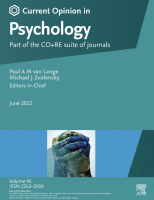
"Theory of Mind in the Wild"
Amanda Royka, Laurie R. Santos
For decades, researchers have studied whether non-human primates have similar representational capacities as the human ability to infer others’ mental states, called theory of mind. While the majority of studies investigating non-human primate theory of mind have been conducted with captive populations, this review focuses on the insights gained from work with two naturally living populations: rhesus macaques (Macaca mulatta) at the Cayo Santiago research station and chimpanzees (Pan troglodytes) in Budongo Forest. Not only have these two populations provided further evidence that non-human primates track the mental states of other agents, but also they have improved human understanding of the representational differences between human and non-human theory of mind, specifically in cases that involve tracking the perspective of others.
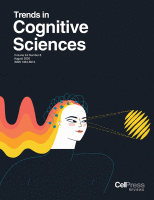
"Do Non-Human Primates Really Represent Others' Beliefs?"
Daniel J. Horschler, Evan L. MacLean, Laurie R. Santos
Over two decades of research have produced compelling evidence that non-human primates understand some psychological states in other individuals but are unable to represent others’ beliefs. Recently, three studies employing anticipatory looking (AL) paradigms reported that non-human primates do show hints of implicitly understanding the beliefs of others. However, measures of AL have been increasingly scrutinized in the human literature owing to extensive replication problems. Researchers argue that new reports of belief representation in non-human primates using AL should be interpreted cautiously because of methodological and theoretical challenges paralleling trends in the human literature. They explore how future work can address these challenges, and conclude by identifying new evolutionary questions raised by the prospect that non-human primates implicitly represent others’ beliefs without an explicit belief representation system that guides fitness-relevant behavior.
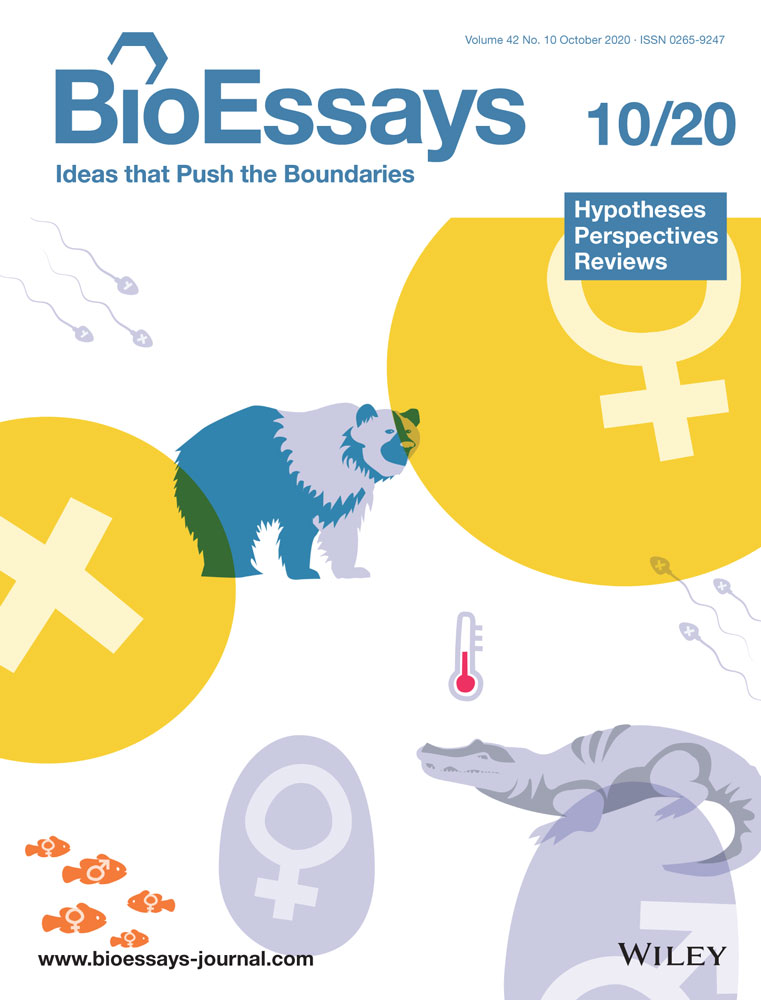
"The Study That Made Rats Jump for Joy, and Then Killed Them: The Gap between Knowledge and Practice Widens When Scientists Fail to Engage with the Ethical Implications of Their Own Work"
Christine E. Webb, Peter Woodford, Elise Huchard
Much contemporary behavioral science stops short of considering the ethical implications of its own findings–a trend exemplified in rodents. This generates a contradiction between methods and discoveries, and hinders translation between updated scientific evidence for animal sentience and corresponding political and legal changes. The authors reflect on a particularly illustrative case which shows that acknowledging such contradictions may be the first step toward resolving them in an ethically acceptable way.
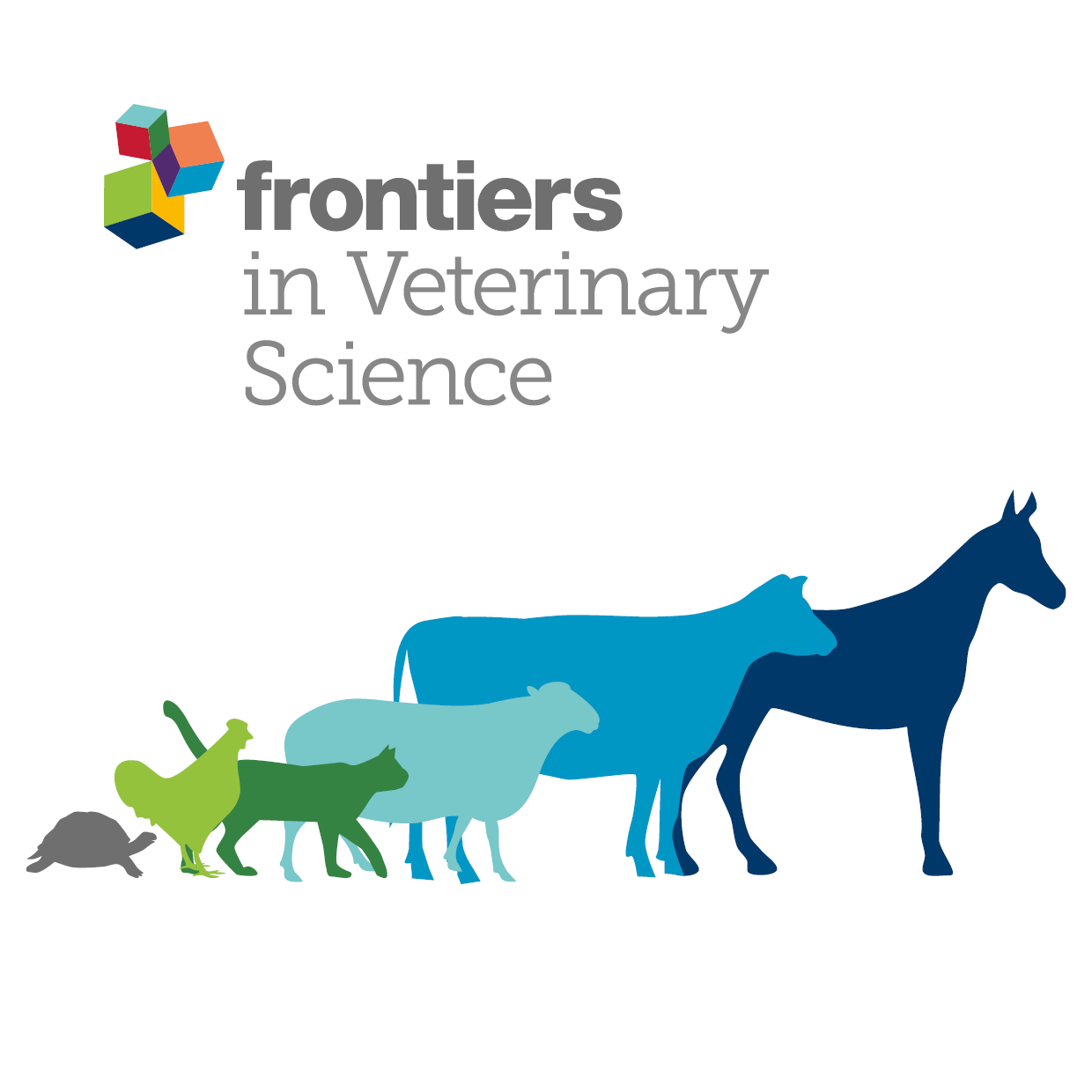
"Farm Animal Cognition—Linking Behavior, Welfare and Ethics"
Christian Nawroth, Jan Langbein, Marjorie Coulon, Vivian Gabor, Susann Oesterwind, Judith Benz-Schwarzburg, Eberhard Von Borell
This review aims to outline the current state of farm animal cognition research and focuses on ungulate livestock species, and reflects upon a defined set of cognitive capacities. Nawroth et al. identify a lack of information on certain aspects of physico-cognitive capacities in most farm animal species, though research in the socio-cognitive domain indicates that ungulate livestock possess sophisticated mental capacities. The researchers emphasize the importance of gaining a better understanding of how livestock species interact with their physical and social environments, as this information can improve housing and management conditions and can be used to evaluate the use and treatment of animals during production.

After a powerful encounter with a sperm whale, James Nestor embarks on a quest to understand echolocation. He suggests that if humans step away from the technologies that they have come to rely on, they may discover senses long forgotten.
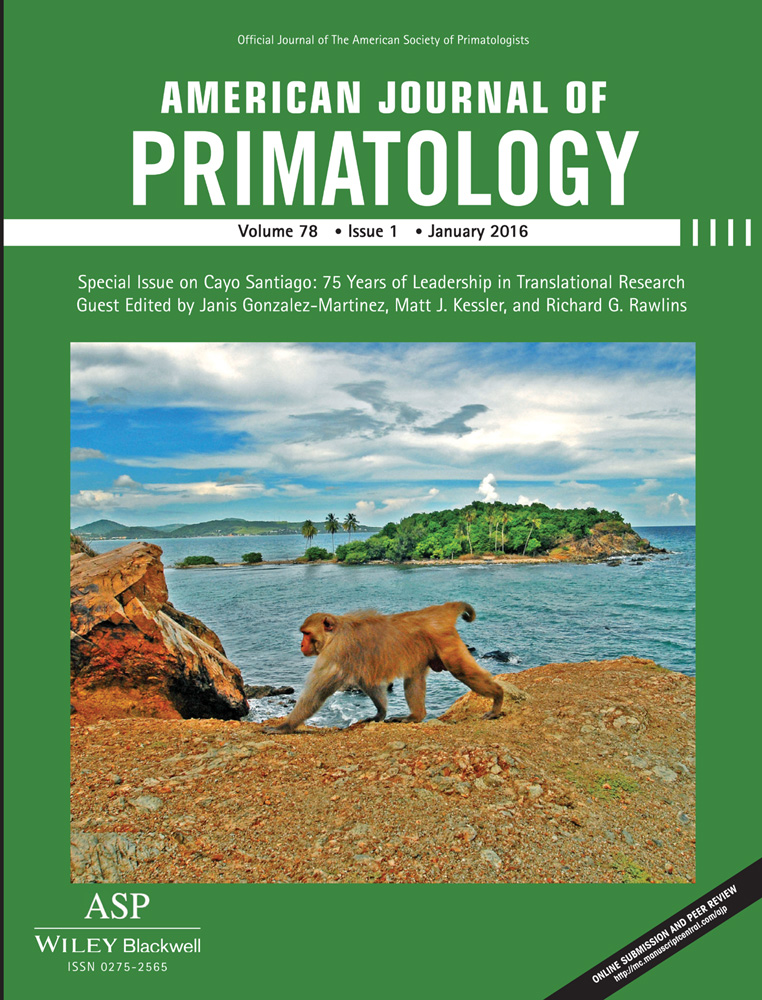
"What Do Monkeys Know About Others' Knowledge?"
Lindsey A. Drayton, Laurie R. Santos
Drayton and Santos investigated whether primates attribute to others knowledge that is acquired through the mental transformation of a static object representation. Specifically, they tested whether rhesus macaques (Macaca mulatta) expected a human demonstrator to solve a difficult rotational displacement task. Their results are consistent with the interpretation that rhesus macaques expect others to dynamically update their representations of unseen objects.

"Thinking Pigs: A Comparative Review of Cognition, Emotion, and Personality in Sus Domesticus"
Lori Marino, Christina M. Colvin
This paper reviews the scientific evidence for cognitive complexity in domestic pigs and, when appropriate, compares this literature with similar findings in other animals, focusing on some of the more compelling and cutting-edge research results. The goals of this paper are to: (1) frame pig cognition and psychology in a basic comparative context independent of the livestock production and management setting; and (2) identify areas of research with pigs that are particularly compelling and in need of further investigation. Marino and Colvin conclude that there are several areas of research in which the findings are suggestive of complex psychology in pigs, and they call for more noninvasive cognitive and behavioral research with domestic pigs in non-laboratory settings that allow them to express their natural abilities.
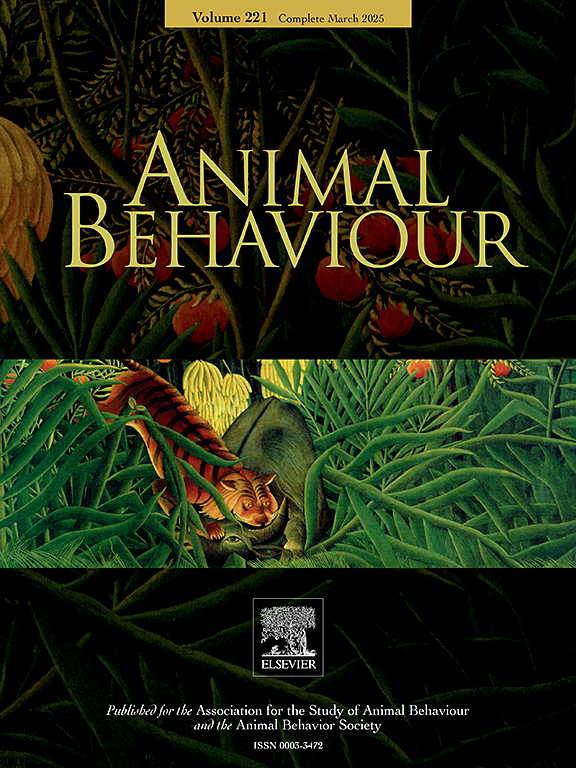
"Emotions in Goats: Mapping Physiological, Behavioural and Vocal Profiles"
Elodie F. Briefer, Federico Tettamanti, Alan G. McElligott
To find convenient and noninvasive tools to assess emotions in goats, Capra hircus, Briefer et al. measured physiological, behavioral and vocal responses of goats in four situations: (1) control (no external stimulus, neutral); (2) anticipation of a food reward (positive); (3) food-related frustration (negative); (4) isolation away from conspecifics (negative). These situations were characterized by different levels of arousal, assessed a posteriori by heart rates measured during the tests. The methods used by Briefer et al. for assessing the effects of emotional arousal and valence on biological parameters could lead to more effective monitoring and understanding of animal emotions, as well as to a better understanding of the evolution of emotions through cross-species comparisons.
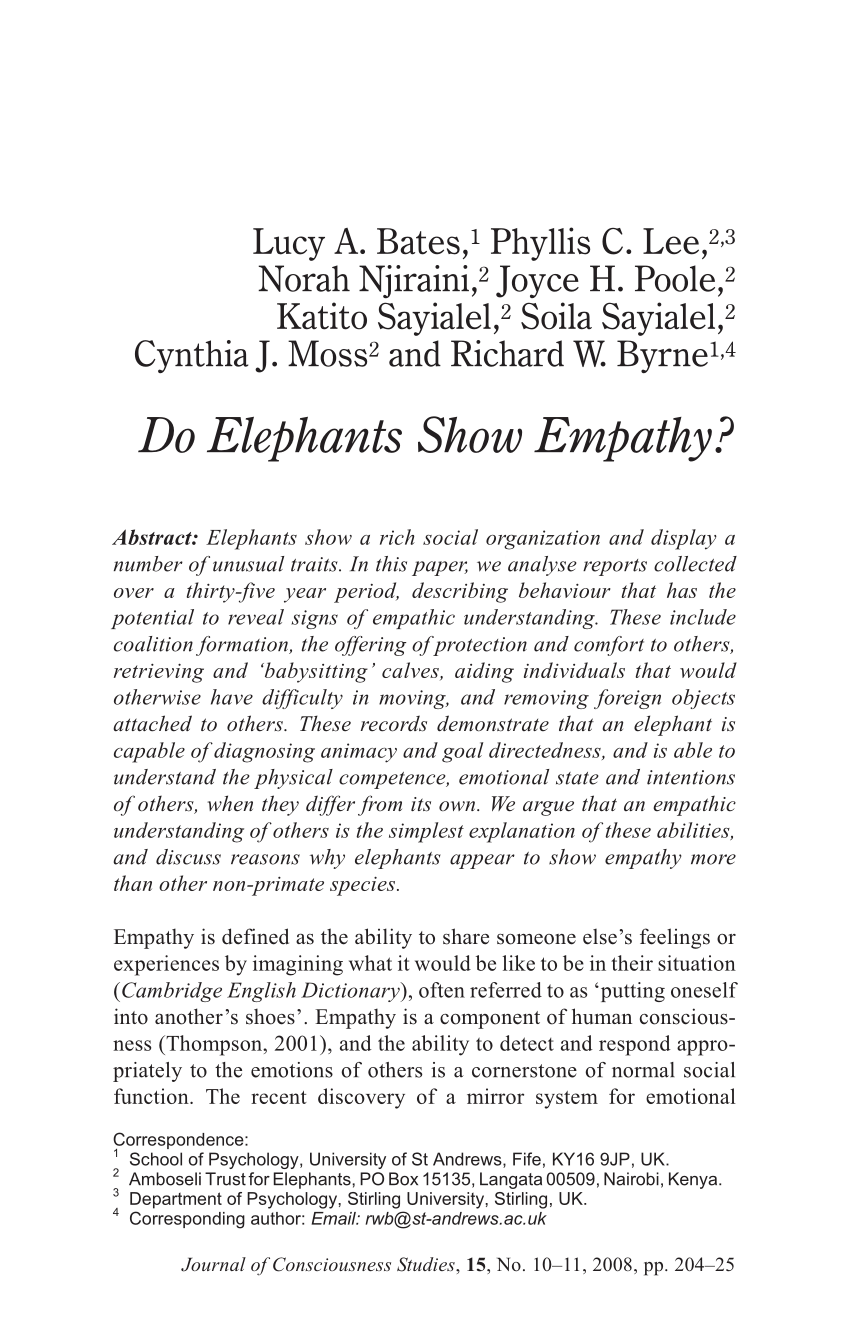
"Do Elephants Show Empathy?"
Lucy A. Bates, Phyllis C. Lee, Norah Njiraini, Joyce H. Poole, Katito Sayialel, Soila Sayialel, Cynthia J. Moss, Richard W. Byrne
Elephants show a rich social organization and display a number of unusual traits. In this paper, Bates et al. analyze reports collected over a thirty-five year period, describing behavior that has the potential to reveal signs of empathic understanding. These include coalition formation, the offering of protection and comfort to others, retrieving and “babysitting” calves, aiding individuals that would otherwise have difficulty in moving, and removing foreign objects attached to others. These records demonstrate that an elephant is capable of diagnosing animacy and goal directedness, and is able to understand the physical competence, emotional state and intentions of others, when they differ from its own. The authors argue that an empathic understanding of others is the simplest explanation of these abilities, and discuss reasons why elephants appear to show empathy more than other non-primate species.

"Cetaceans Have Complex Brains for Complex Cognition"
Lori Marino, Richard C. Connor, R. Ewan Fordyce, Louis M. Herman, Patrick R. Hof, Louis Lefebvre, David Lusseau, Brenda McCowan, Esther A Nimchinsky, Adam A Pack, Luke Rendell, Joy S Reidenberg, Diana Reiss, Mark D Uhen, Estel Van der Gucht, Hal Whitehead
In this article, researchers assert that the time is ripe to present an integrated view of cetacean brains, behavior, and evolution based on the wealth of accumulated and recent data on these topics. Their conclusions support the more generally accepted view that the large brain of cetaceans evolved to support complex cognitive abilities.
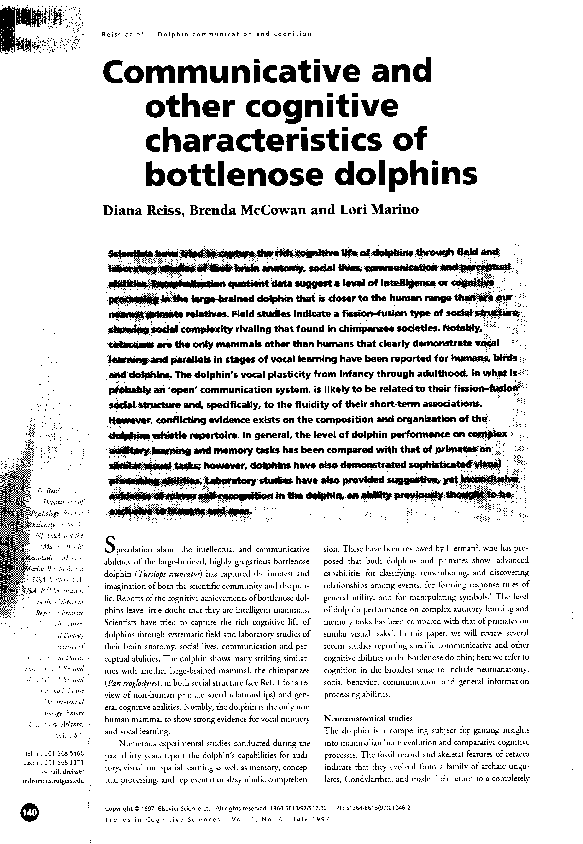
"Communicative and Other Cognitive Characteristics of Bottlenose Dolphins"
Diana Reiss, Brenda McCowan, Lori Marino
Scientists have studied dolphin cognition extensively, examining brain anatomy, social behavior, communication, and perception. Dolphins show intelligence levels close to humans, a complex social structure similar to chimpanzees, and vocal learning abilities shared with humans and birds. Their communication system is likely related to their social structure, but evidence on their whistle repertoire is conflicting. Dolphins perform well on auditory tasks and show sophisticated visual processing abilities. Lab studies suggest they may have minor self-recognition, challenging previous beliefs. Overall, dolphin cognition offers insights into animal intelligence and consciousness.
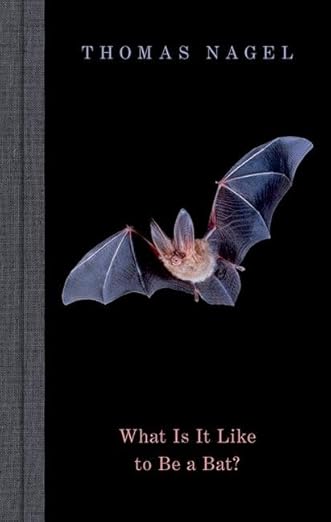
Nagel argues that consciousness is inherently subjective and tied to individual experiences, thus complicating existing approaches to the mind-body problem. He uses the example of a bat, an animal with a sensory system vastly different from humans, to illustrate that humans cannot truly understand what it is like to experience the world as a bat does. This subjectivity poses a challenge to objective, scientific explanations of the mind, as they cannot capture the essence of individual experiences. Nagel emphasizes that understanding consciousness requires acknowledging this irreducible subjective perspective.
Photo Credit: Grey long-eared bat (Plecotus austriacus); Rudmer Zwerver/Shutterstock